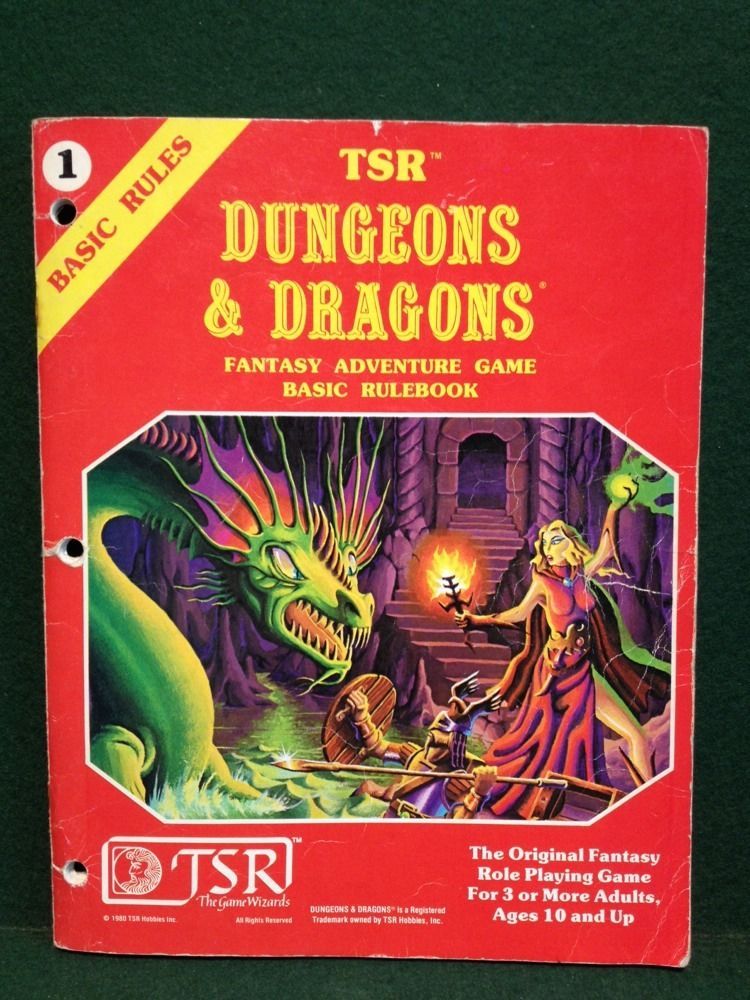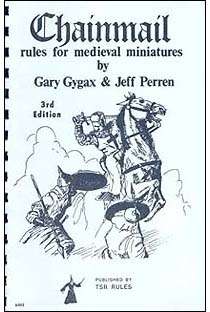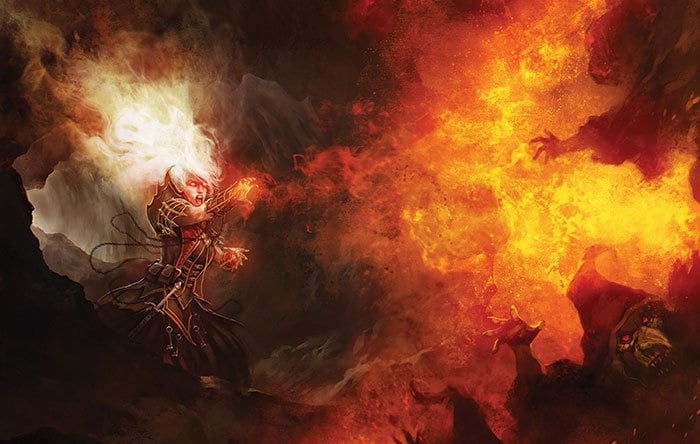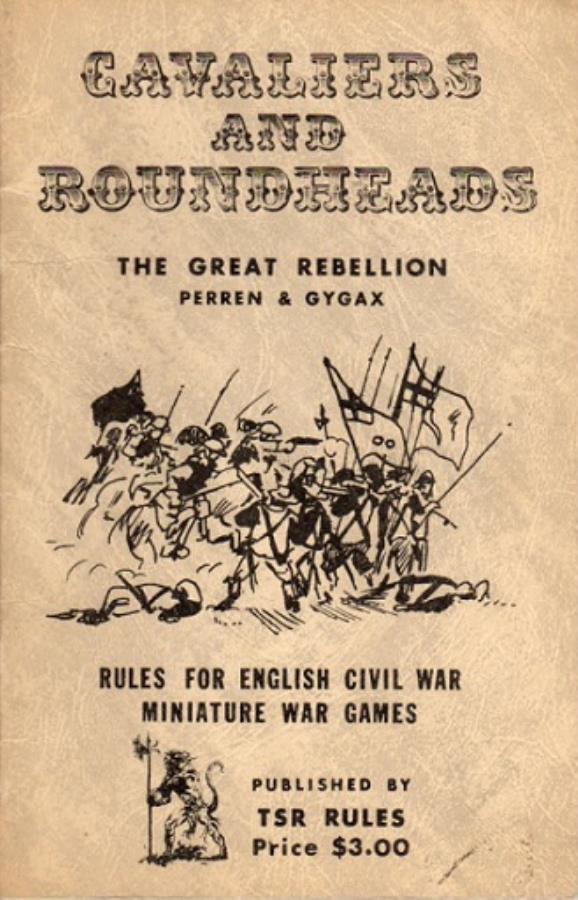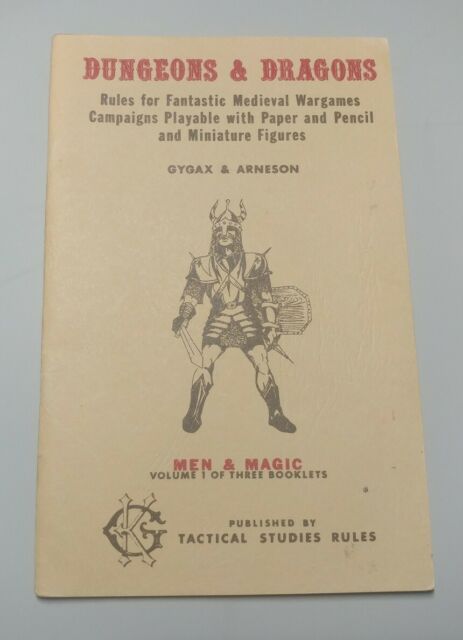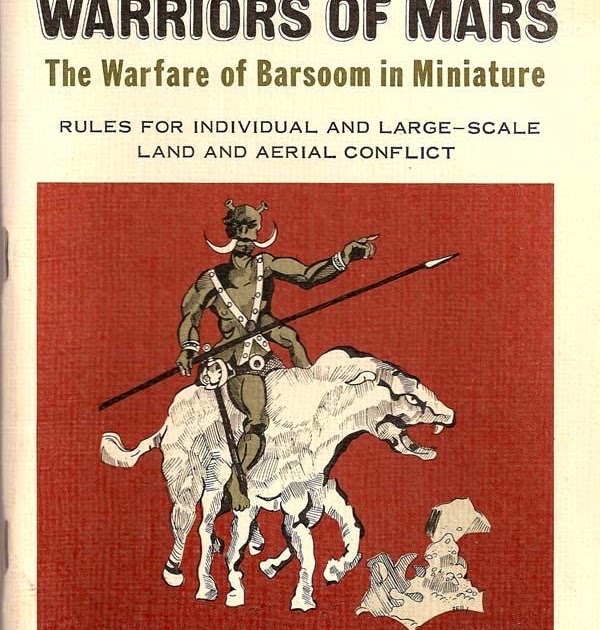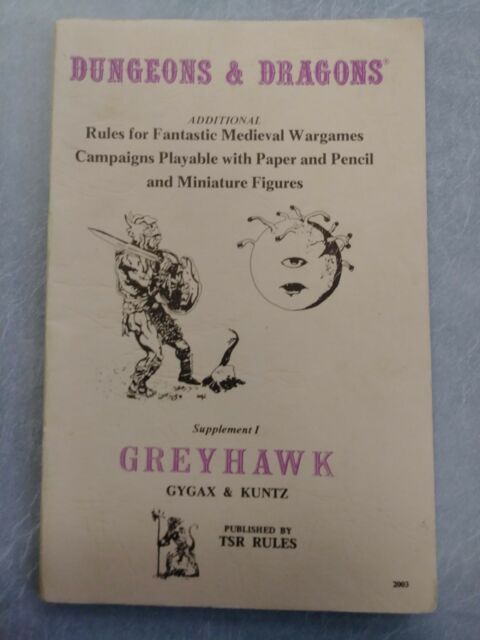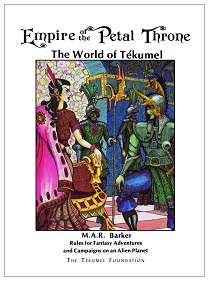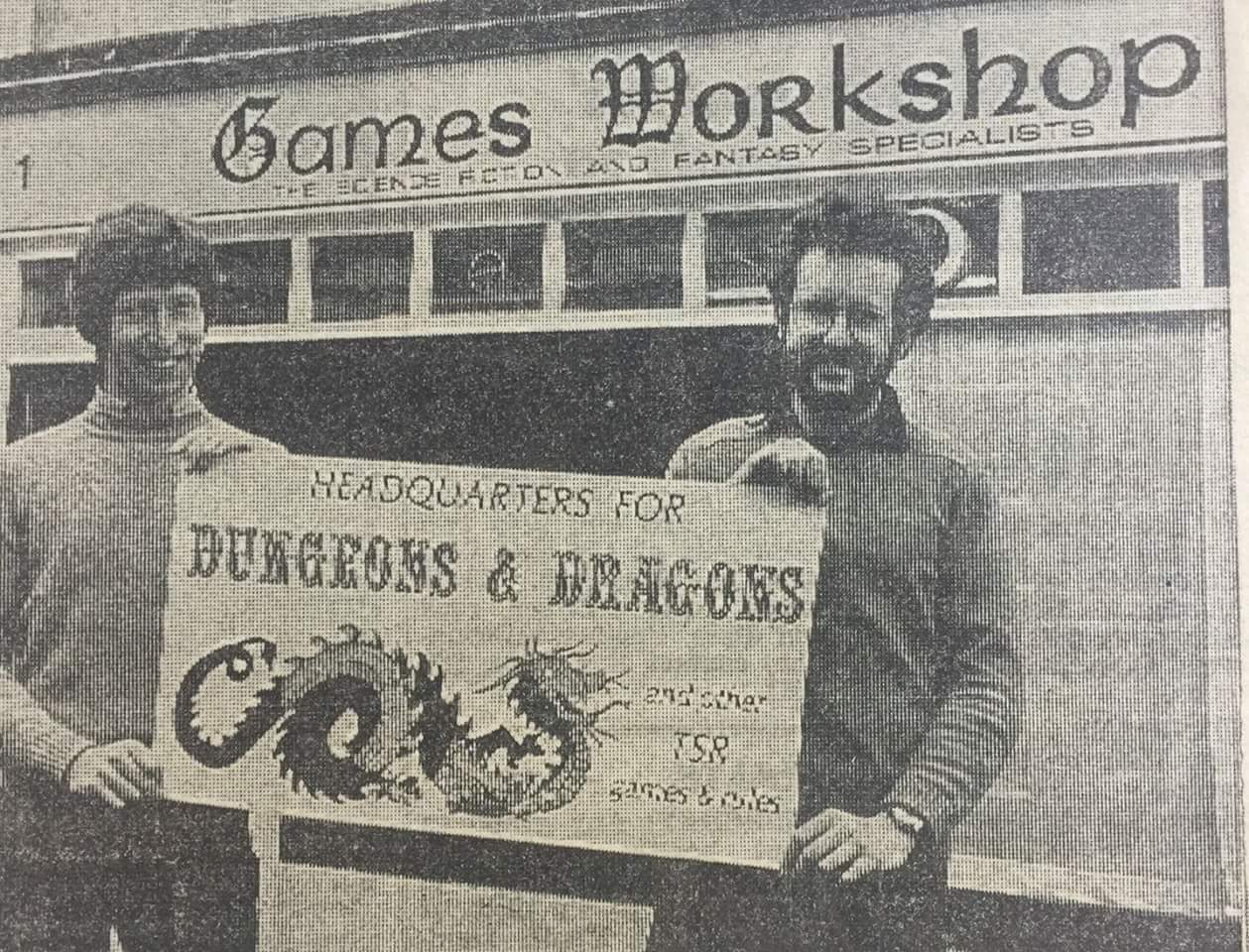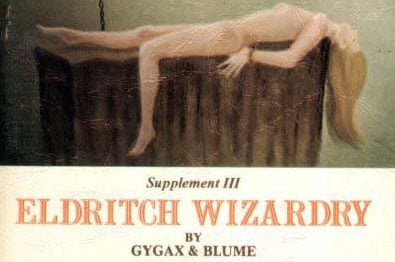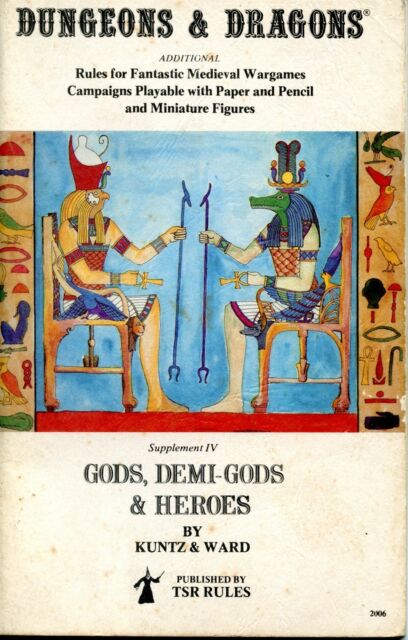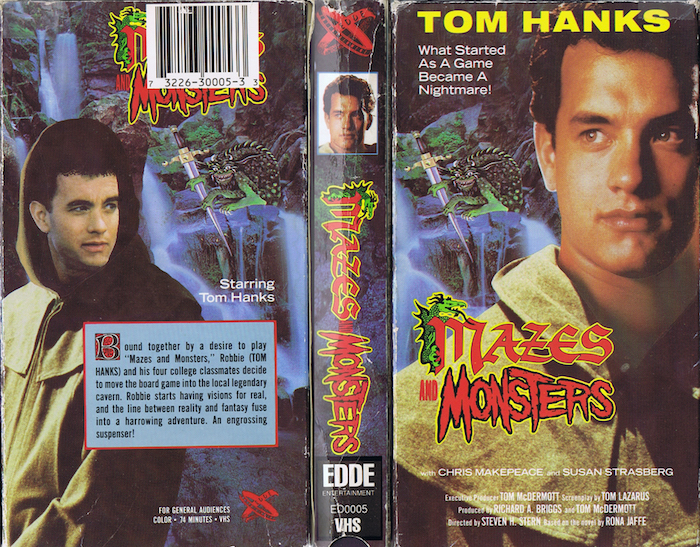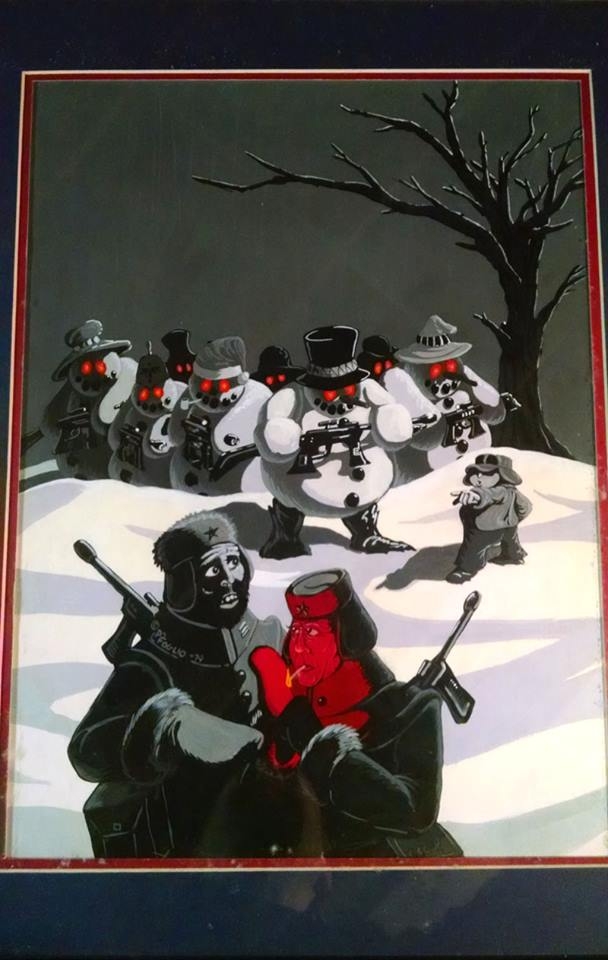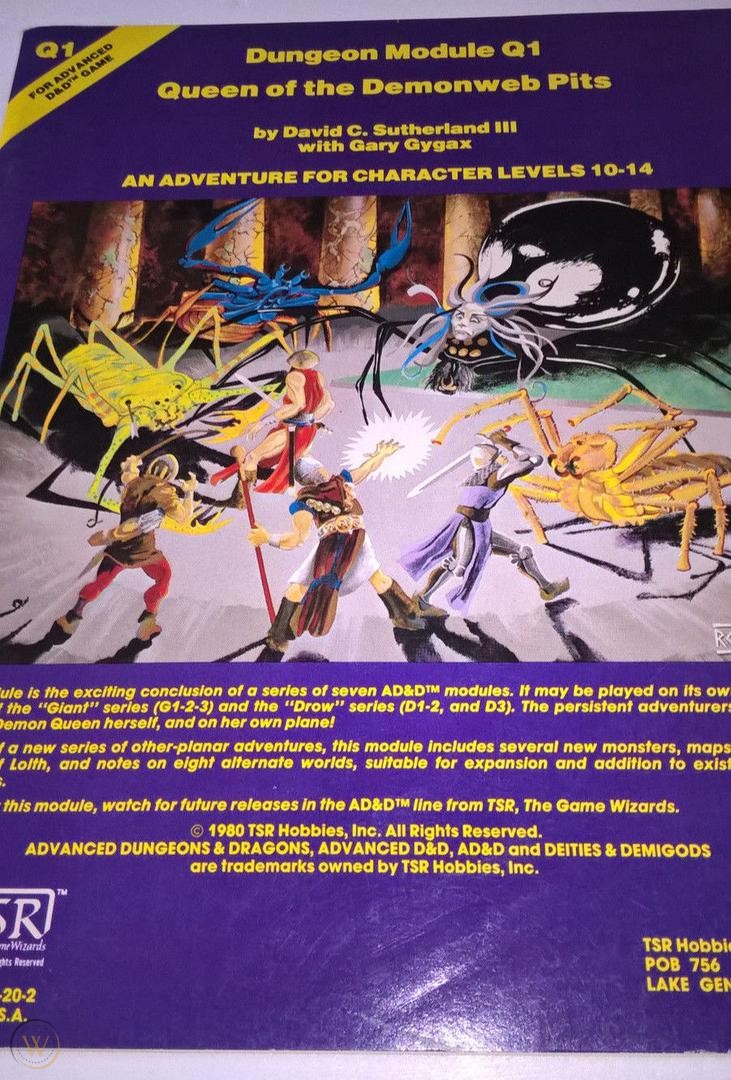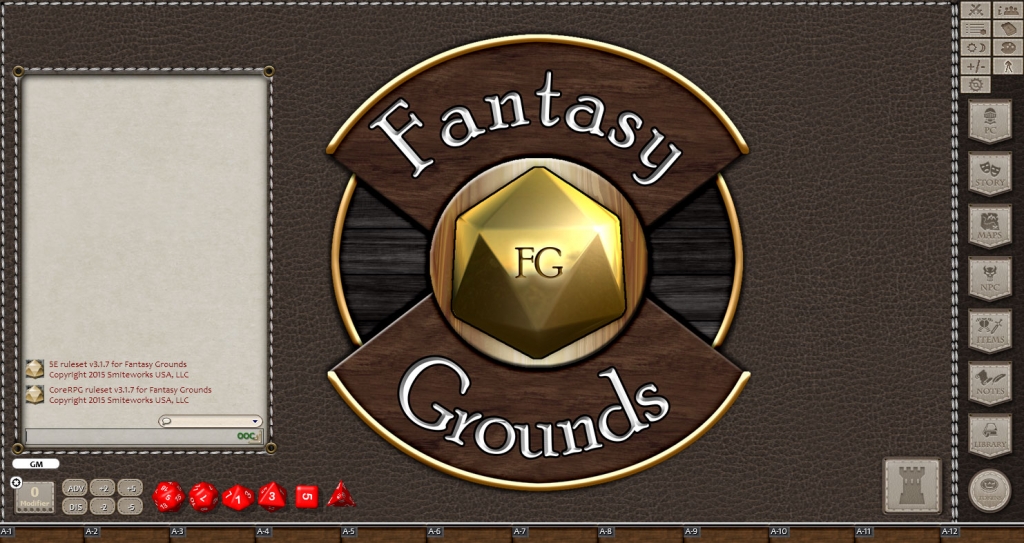D&D: The Rise Of TSR – Prime
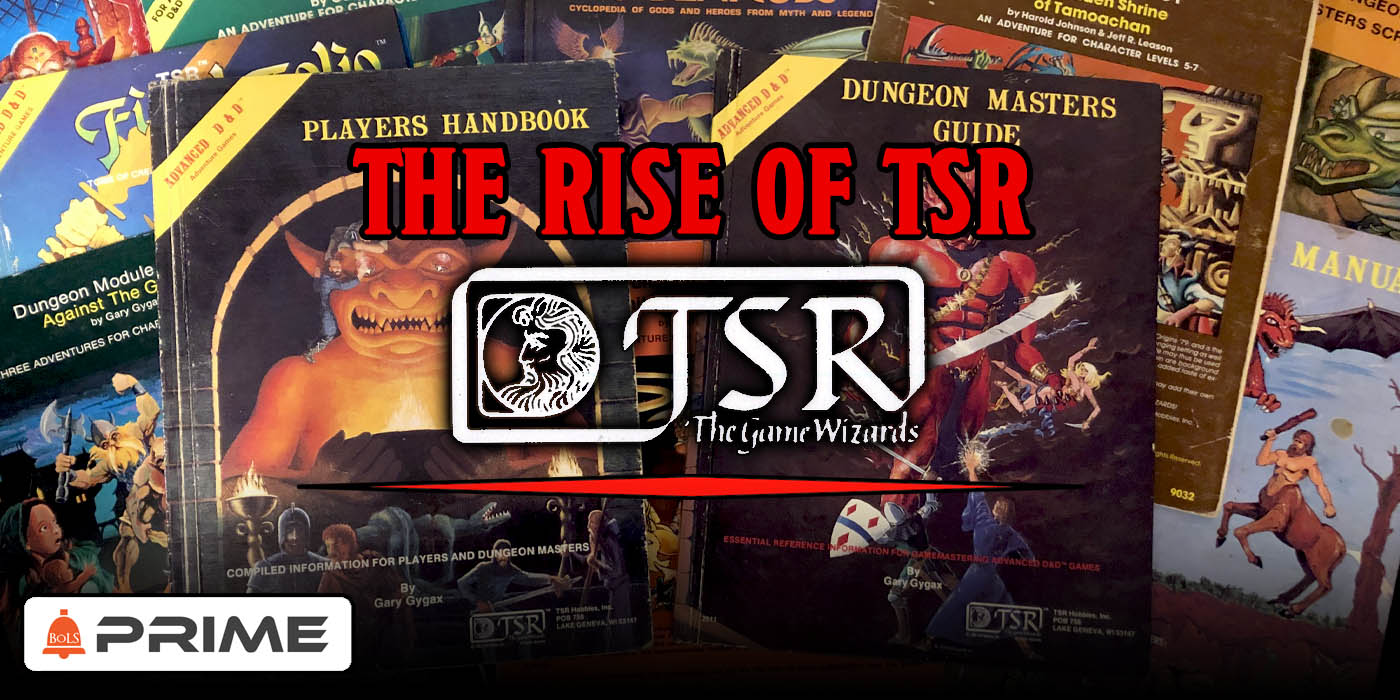
How does the company that started it all with D&D go from scrappy publisher to media giant only to lose it all in the end? We’re taking a look back at how it all began.
Dungeons & Dragons defines the roleplaying game industry as we know it. It is the continental shelf upon which the rest of the tabletop RPG ecosystem rests. But its massive footprint wasn’t always as secure as it was. The company that created it–and founded an entire industry–has since faded into obscurity. The story of Dungeons & Dragons is the story of the rise and fall of TSR.
In 1974, a single publishing company would launch an entire industry with just one thousand copies of a game. For the next nine years, the industry grew by leaps and bounds, and it all started because a couple of hobbyists couldn’t find a company to publish their amateur wargame rules. The creation of TSR is wrapped up in the creation of D&D, so let’s take a brief look at how that came to pass.
First Steps
Back in the late ’60s and early ’70s, miniatures wargaming was on the rise in America, complete with its own conventions. Gen Con (a convention whose name you’ll recognize) first debuted in 1968 through the International Federation of Wargamers. That’s where the first influences for D&D come about. At this first Gen Con, Gary Gygax gets involved in medieval miniatures games, checking out a demo of a game called Siege of Bodenberg, which would then go on to inspire the “Geneva Medieval Miniatures” game first published in the April 1970 issue of wargaming fanzine Panzerfaust. This game would later evolve into Chainmail, a medieval miniatures combat game that adopted two key rules of note: man-to-man combat rules, which are the combat rules that are still at the heart of D&D. These took wargaming from things that had 10 or 20 soldiers represented by a single model and reduced it to a 1-1 scale.
The second area of interest was Chainmail’s fantasy supplement. In just 14 pages, the game introduced heroes and wizards into Chainmail, including iconic spells that are still around today, like phantasmal force, darkness, lightning bolt, and of course, fireball.
At these early conventions is also where D&D’s other founder, Dave Arneson, was introduced to the informal, open-ended miniatures game called a “Braunstein.” Braunsteins–so named for the fictional town that the original iteration of the game took place in–were multiplayer miniatures wargames that featured two commanders of opposing armies, but would also assign additional, non-military roles. Players might take on the role of the town mayor, or banker, or university chancellor. And it’s here that we really see the truest form of an RPG, even in the days before D&D, as outlined in the Evolution of Fantasy Roleplaying Games:
“When nearly twenty people showed up [originator of the Braunstein, David Wesley] made up roles for them too. It was telling that the players received their orders in a separate room where Wesley briefed them, and were not allowed to share the information with each other. What was supposed to be an orderly set of instructions fell apart when two of the players, one an officer in the Prussian army, and the other a pro-French radical student, told Wesley they had challenged each other to a duel. Wesley was once again forced to improvise; he rolled some dice and declared that one had shot the other, with the winner imprisoned. The game continued well into the night, at which point Wesley realized that the players had taken over the game–his carefully crafted rules that would ultimately help determine who won no longer applied.”
If there’s a truer expression of what it’s like to try and run a roleplaying game, I haven’t heard it. Arneson’s experiments with Braunsteins led to the creation of a medieval fantasy scenario incorporating ideas from the Lord of the Rings which would then shift in focus to dungeon exploration in Blackmoor. And in 1973, born out of Blackmoor and Chainmail, Arneson and Gygax created a game of cooperative exploration in a fantasy world that looked wildly different from the game we know today.
“It featured four races, (humans, dwarves, elves, and hobbits) and just three classes (fighting-men, magic-users, and clerics). It also introduced individual statistics that had never existed before: Strength, Intelligence, Wisdom, Dexterity, Constitution, and Charisma. This was a quantum leap from wargames of the past, as the statistics described an individual person, not a unit.”
But, when Gygax couldn’t find a publisher for their game, he teamed up with childhood friend Don Kaye and the two formed Tactical Studies Rules in 1973. But D&D was not the company’s first game. The nascent company’s first publication is Cavaliers and Roundheads, which was hoped to sell enough to raise the money they needed to publish the first thousand copies of D&D. When that didn’t happen, Brian Blume, another gamer from the early Gen Con era, joined the partnership–and out of these three people, TSR begins, with Kaye taking on the role of President and Treasurer, Blume as Vice President and Sales Manager, and Gygax taking on Editor and Advertising Manager. Though Arneson was one of the co-creators of D&D, he wouldn’t join the company until 1976.
Enter Dungeons & Dragons
In 1974, however, things were just kicking off for TSR. D&D first became available for sale in January of that year, with one thousand copies of the game selling for $10 (which is about $65 dollars in 2019, truly, the more things change the more they stay the same). The company sold out its print run in the first ten months, printed another thousand copies (heavily supplemented by photocopies of the rules at the time), and the rest is history.
History, incidentally, is what we’re making our way through, so let’s press onward. The initial release of D&D was a success, but it was a slow trickle that faced pushback from wargamers who felt that roleplaying and fantasy elements didn’t belong in wargames. The game was about to take off–but in 1974, it was anyone’s guess, so TSR published a Napoleonic game, Tricolor, as well as TSR published Warriors of Mars, a miniatures game set in the fantasy world of Barsoom, inspired by Edgar Rice Burroughs’ John Carter of Mars series. However, TSR had neither permission from or payment to the Burroughs estate, and the game vanished within a year.
TSR also published Star Probe a science-fiction board game, planned as a trilogy, which had the misfortune to come out right as D&D was going to be TSR’s first big splash and dominate the future of the company. At the end of its first year, TSR published their own amateur magazine, The Strategic Review to help support their own games, as well as covering the hobbyist scene. But January 1975 is also when TSR faces its first real setback, as company president Don Kaye suffers a fatal heart attack.
Early Setbacks
And here’s where we admit that the rise and fall of TSR is actually the rise and fall of two companies that bear the initials TSR. Initially, Kaye’s wife, Donna Kaye, took over his shipping and accounting roles, but by September 1975, the assets and accounts of the partnership were transferred to TSR Hobbies, inc. which was a separate company created to market miniatures and games from other companies and based out of a hobby shop, the Dungeon, in Lake Geneva.
As part of the reorganization of TSR, Gygax and Blume had to buy out Kaye’s remaining shares, and here the ownership of TSR shifts in a big way. Unable to contribute a fair share of the costs, Gygax drops to only owning 30% of the company, while Blume and Blume’s father, Melvin Blume, step in as new majority stockholders. This isn’t important now–but years later when Gygax is ousted from TSR, this is where it all begins
With D&D still picking up steam, TSR shifted its focus to roleplaying games, publishing two new supplements for D&D: Greyhawk and Blackmoor, which introduced paladins, thieves, assassins, and monks to the game. The Strategic Review meanwhile introduced rangers and illusionists to the still developing game. This was a big part of TSR’s success–this was the first splatbook. These supplements introduced new rules to the game, offering tweaks to existing rules, new spells, new magic items, and adapting an alternative combat system that helped differentiate between D&D and Chainmail (which saw its 3rd edition published by TSR in 1975).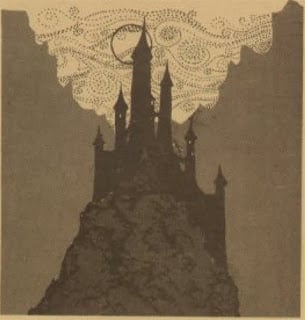
Another big D&D innovation in 1975, TSR develops an adventure for other people to run. The Blackmoor supplement included the first adventure The Temple of the Frog in which players must rescue a captive baroness from an evil temple. Making this the first adventure designed for other people to run. Blackmoor also includes science fiction elements, with power armor, teleporters, and “scout craft,” a tradition that continues to this day.
However, TSR couldn’t yet rest entirely on D&D. New products were needed to help grow the company, and so TSR developed Boot Hill, an Old West gunfighting miniatures game, as well as War of the Wizards, a game of wizard battles set in the world of Empire of the Petal Throne, another RPG designed by M.A.R. Barker in the midst of D&D’s success.
Empire of the Petal Throne, incidentally had some important innovations in the nascent RPG industry–while many of its rules are close to D&D’s, there’s more of a focus on individual skills, but most importantly it’s the first RPG to focus on a well-developed setting. Barker’s world of Tekumel struck a chord when D&D had no central setting. This was a huge innovation and showed both players and designers a new level of quality and detail to the concept of a campaign setting. However, Empire of the Petal Throne sold for $25 (or $105) in comparison to D&D’s $10, and received little support outside of a few articles in the early issues of Dragon magazine, which led to the game’s eventual decline.
1975 is also the year that TSR starts picking up distributors, which would help them reach bigger markets. In the summer of 75, Models and Figurines and Walter Luc Haas signed on as their first two distributors, bringing D&D to Australia and Europe. And just a few months later, a little company called Games Workshop comes on board as the exclusive UK distributor for D&D, selling six copies of the game in their initial run.
Growing, Growing
Where 1975 is a year of innovation and publishing, 1976 marked massive growth for TSR. As mentioned before, this is the year Dave Arneson joins TSR as its research director. It also is the year that D&D grows out of Gygax’s basement and into The Dungeon Hobby Shop, which gave them a professional space where they could sell their products directly. D&D, now having sold four thousand copies was getting bigger than ever, and TSR was growing as a result.
In 1976, the company continued to grow on D&D’s fertile soil, publishing two more D&D Supplements: Eldritch Wizardry and Gods, Demi-Gods, and Heroes. These two supplements introduce some core D&D ideas like psionics, druids, demons, and artifacts, as well as a list of gods that you can go fight, kill, and loot. Because of course, you can. Because what else would you expect from D&D? This is also the introduction of James M. Ward to the D&D scene, but we’ll come back to that later. Both of these publications give us the complete core rules for D&D which gets published in 1977.
1976 also sees a few more RPG publications from TSR, Metamorphosis: Alpha, aka D&D in space, but featuring a richly detailed setting in its massive colony ship, Warden. Once again, with a strong setting, the game does well.
Enter the Lawyers
However, not all is roses and champagne for TSR. By the end of 1976, Dave Arneson leaves the company, along with many of the game’s early creators. And in 1977, as D&D is publishing its original core rules, as well as the very first AD&D book, the Monster Manual, which is a telling fact for the game, TSR comes under legal threat from the Tolkien Estate, receiving a cease and desist letter from Saul Zaentz, producer of Ralph Bakshi’s animated Lord of the Rings and The Hobbit by way of Elan Merchandising.
But this was far from the only legal trouble that would hit the company. The second, and arguably one of the more volatile lawsuits that would impact the nascent community was the advent of Advanced D&D. This is what we collectively understand as 1st Edition. The AD&D ruleset was a huge revision of the original game, updating the rules, collecting all of them in three easy books, which naturally sparked their own edition wars. But more importantly, Gygax considered AD&D his own property and tried to cut Arneson–who had up til now been receiving royalties from the considerable success of D&D–out of the loop.
This resulted in a lawsuit filed in 1979 that would drag on for two years, taking us from 1979 to 1981. These are important years for TSR. The company continues to grow massively, releasing the Fiend Folio and starting TSR UK after they can’t reach a distribution deal with Games Workshop. This also sees the release of Greyhawk and a mass of adventures. Against the Giants and the Drow series of adventures were helping spread the appeal of the game. Tournaments and even an organized play association had cropped up around it. D&D’s rising star was linked to TSR.
Satanic Panic
Even the infamous Satanic Panic plays a role in the growth of the company, with public exposure to the game reaching new heights after the panicked reaction of officials trying to ban the game created a media sensation around it. It’s also where we get the beginnings of Mazes and Monsters. And the growth at this time is rapid. In Dragon #35 we get a look at TSR’s sales over its first few years:
“The course of TSR Hobbies’ development has been rather like a D&D campaign. When we finished our first fiscal year back in 1975, we were pretty much a low-level-character sort of company, with gross sales of only about $50,000. We had excellent experience the next year, with a $300,000 figure, and in 1977 we doubled that to $600,000. TSR didn’t quite double again in fiscal 1978, ending the year at a gross of near $1,000,000, but in ’79 we did a bit better, finishing at a gross of well over $2,000,000. From the way 1980 is shaping up, there is no reason to doubt that we’ll at least double in size once again.
It is possible that we’ll be the largest hobby game company—and ready to start toward the really high-level game producers such a Milton Bradley and Parker Brothers—by 1982. (To those who doubt, think about the relative size ofTSR and Avalon Hill, for example, in 1975…)
There is no question but that we owe most of our success to Dungeons & Dragons and Advanced D&D too, of course. The BasicSet of D&D is now a best-selling game—and that means it is competing with Monopoly, Scrabble, and the rest of the mass market games! The other games in the line are generally keeping pace, but it is a one-horse race as of now. There are some 500,000 or more D&D players busilyconverting their friends to the game. All we can do is say “Thank you” and try to keep producing good games in hopes of matching the success of D&D. Of course, we aren’t ignoring D&D and AD&D meanwhile; don’t misunderstand. In fact, that’s what this column is all about.”
Exponential Growth
Of course, TSR would never go on to find a more successful game. In fact, owing to their deals with Random House and Marvel (which would see the production of a D&D Cartoon in a few short years), it’s arguably the most successful hobby game of all time. 1980 ended with TSR reporting $20 million in gross sales by the end of 1981, just to give you an idea of how rapidly the company was growing.
But in the midst of all this growth, came the first signs of trouble at TSR. Recall back in 1975, when TSR Hobbies, Inc. was formed, and Gygax was reduced to a minority stockholder. Well, as TSR grows, Brian Blume’s brother, Kevin Blume, rose through the ranks, eventually buying out his father’s shares and leaving TSR with three presidents, which ends about where you’d expect.
“The fact is, though, that there were three persons on the Board of Directors of the company – Brian Blume, Kevin Blume and me. Similarly, while I was the President and CEO, Brian placed himself in charge of creative affairs, as President of that activity, while Kevin was President of all other operations. This effectively boxed me off into a powerless role. If a ‘President’ under me did something I didn’t like, my only recourse would be to take the matter to the Board of Directors where I would be outvoted two to one.”
“I have spoken earlier of the structure that the Blumes imposed on TSR in 1981. As another example of things before then, late 1979 or early 1980, I issued some instructions. When Brian heard what I had ordered he shouted loudly for all to hear: «I don’t care what Gary said. I own controlling interest in this company and it will be done the way I say!». I should have parted ways with TSR then and there, but I still had a lot of loyalty to the company and the vision upon which it had been created. Anyway, from that point on, I had little control, and in general what I desired be done was ignored or the exact opposite was put in place.”
It’s Good To Be The King
Things like the much anticipated release of Queen of the Demonweb Pits were completed under the Blumes’ influence. They pushed TSR for rapid growth where Gygax had been more conservative. Under their influence, the company split in four directions. It would never fully recover from that decision, but in the meantime, despite a storm in the boardroom, the ’80s were very good to D&D.
But the seeds of TSR’s fall had already been sown…
But that, I’m afraid, is a story for another prime.

